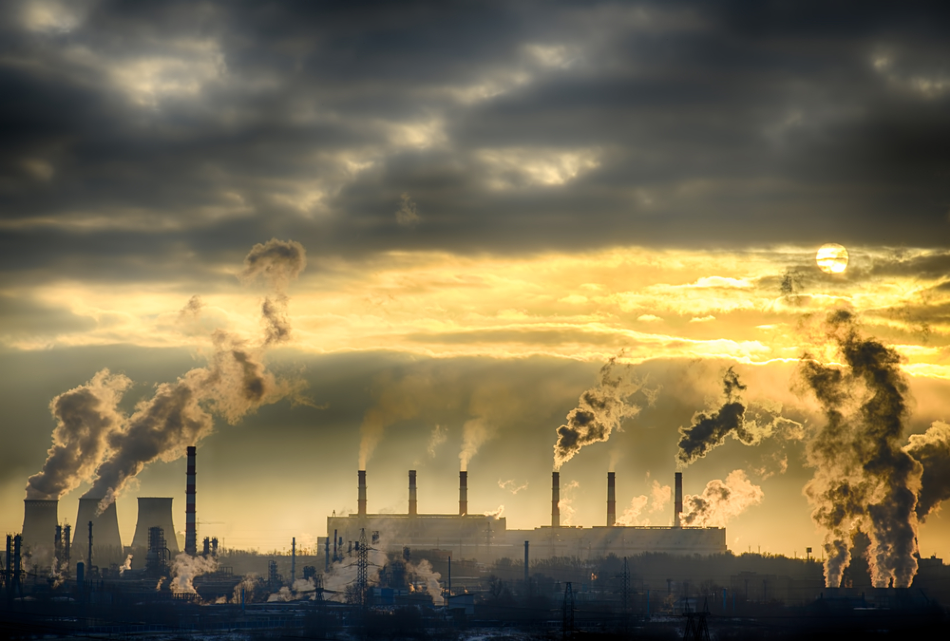Feb 23 2008

Image Credit: Victor Lauer/Shutterstock.com
Article updated on 18/02/2020 by Clare Kiernan
Tapping into a saline formation some 3200 to 3500 feet below the earth's surface, a U.S. Department of Energy (DOE) team of regional partners has initiated the injection of up to 10,000 metric tons of carbon dioxide (CO2) to assess the formation's ability to safely and permanently store the greenhouse gas.
DOE's Midwest Regional Carbon Sequestration Partnership (MRCSP) began the approximately two-month field test in the Michigan Basin under the auspices of DOE's Regional Carbon Sequestration Partnership program. DOE launched the partnership program in 2003 to develop and validate technologies to store and monitor CO2 in geologic formations as part of a national strategy to combat global climate change.
Feasibility of Permanently Storing Greenhouse Gases
This sequestration field test by our Midwest partnership is one of many nationwide tests DOE is supporting to demonstrate the feasibility of permanently storing greenhouse gases. The success of these tests moves the nation's carbon sequestration program another step closer to determining the processes best suited to address the overall issue of global climate change.
Jim Slutz, Acting Principal Deputy Assistant Secretary, Fossil Energy.
The Michigan Basin test is one of three MRCSP geologic field tests and one of more than 20 such projects currently underway nationwide. It is the first project to begin injection during the validation phase of the partnerships program, which is managed by the Office of Fossil Energy's National Energy Technology Laboratory.
Injecting CO2 into Saline Formations Deep Underground
In December 2007, Core Energy LLC was issued an Underground Injection Control permit by the U.S. Environmental Protection Agency for the injection well being used in the test. Obtaining the permit, the first in the region for CO2 sequestration, is significant because it allows the MRCSP to inject CO2 into saline formations deep underground at the field test location near Gaylord, Mich.
At approximately 3500 feet deep, the injection well is thousands of feet below drinking water levels, which are at a depth of less than 1000 feet in this region. The dense carbonates and evaporites of the Amherstburg and Lucas formations provide 900 feet of containment above the injection zone, thereby ensuring the safety of drinking water supplies.
Advantages of the CO2 Sequestration Field Test
This CO2 sequestration field test draws on several natural advantages. Located at the northern rim of the Michigan Basin, the site has several potentially suitable geologic formations for the storage of CO2. These formations appear to be well-contained with extensive, low-permeability caprock to seal the injected CO2 in place. The planned test will assess the continuity and injectivity of the target saline formation, as well as the integrity of the caprock, operational approaches, and monitoring mechanisms.
In addition, the site's location in the midst of the Antrim gas fields enables the project to take advantage of the existing infrastructure of gas processing and an 8-mile-long CO2 transport pipeline already in place for enhanced oil recovery. Much of the underlying geology is well documented.
Determining the Fate of the Injected CO2
During the field test, innovative monitoring, measurement, and verification methods will be developed and implemented to determine the fate of the injected CO2. Following injection, data analysis and review will be performed. After the field test has been completed, the injection well will be closed in accordance with the permit. Post-closure monitoring, measurement, and verification will also be conducted to confirm the permanence of the CO2 storage.
Acknowledgment
The MRCSP, one of seven DOE-sponsored regional partnerships, is led by Battelle, a global leader in technology development and commercialization headquartered in Columbus, Ohio. The MRCSP includes more than 30 partners drawn from state and federal organizations, leading universities, state geological surveys, non-governmental organizations, and private companies in the eight-state region of Indiana, Kentucky, Maryland, Michigan, New York, Ohio, Pennsylvania, and West Virginia.
In addition to Battelle and Core Energy, key partners and technical contributors involved in the Michigan Basin test include DTE Energy, the Michigan Geological Repository for Research and Education at Western Michigan University, Stanford University Geophysics Department, Schlumberger, and the Michigan Department of Environmental Quality's Office of Geological Survey.
The expertise provided by these partners was valuable in confirming the suitability of the site for injection, drafting the permit application, and providing public outreach. Core Energy is the site owner and operator, while DTE Energy owns the Turtle Lake gas processing plant that supplies the CO2. Western Michigan University is aiding in the detailed geologic assessment as well as in the preparation of educational public outreach demonstrations and materials. The Michigan Department of Environmental Quality, Office of Geological Survey, issued the permit to drill the test well.
Alongside the goal of testing the feasibility of carbon sequestration in a real-world setting, the MRCSP program includes a significant focus on outreach. The region-wide MRCSP website is complemented by an active local outreach effort. MRCSP members with a state and local presence in the community, such as Core Energy and DTE Energy, have made personal contacts with residents, state and local officials, and the media to ensure awareness of the project and address questions and issues at an early stage. In addition, in advance of the draft permit comment period, the MRCSP organized and publicized an informational meeting at a neighborhood school that was open to all interested individuals, groups, and agencies.